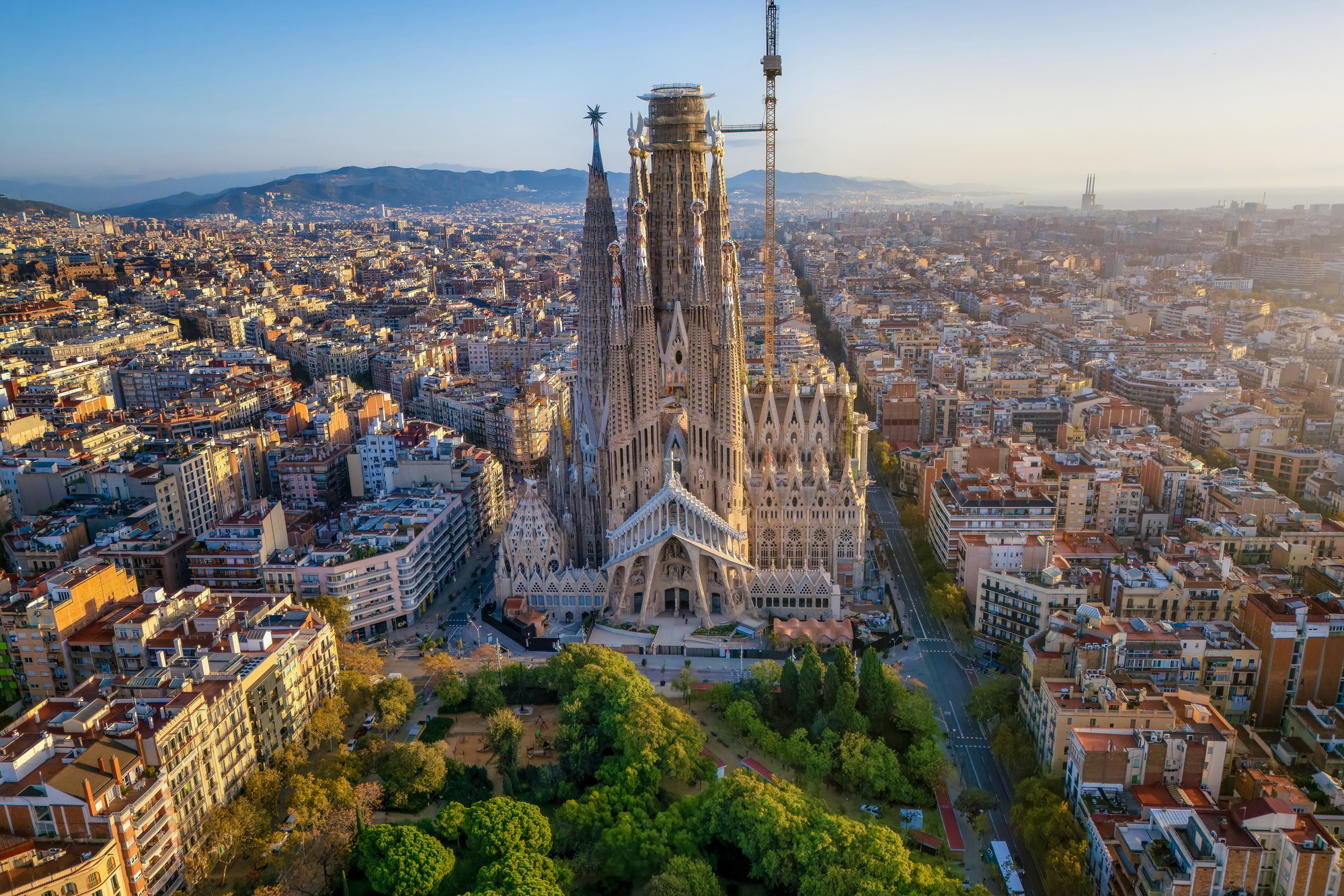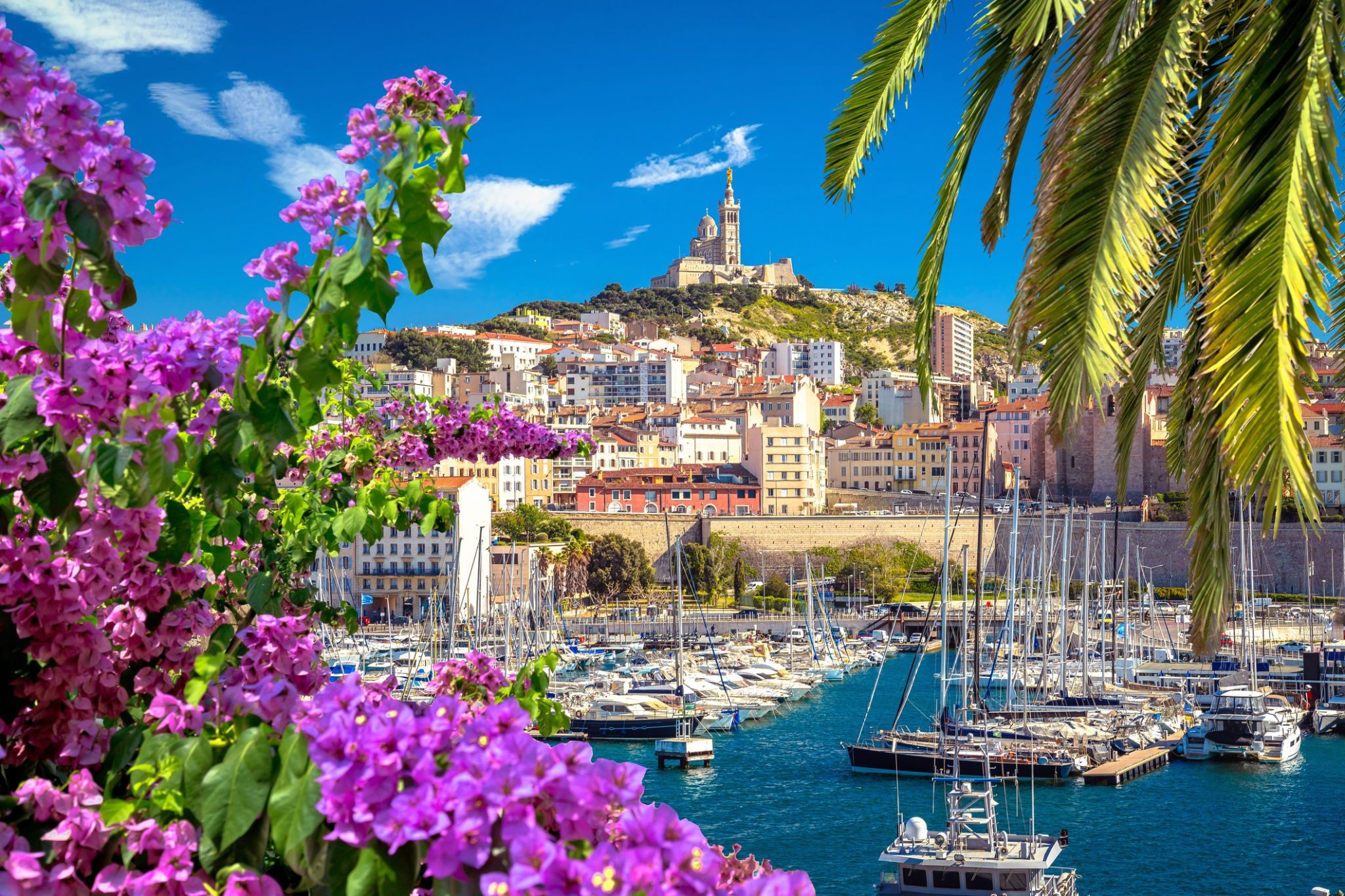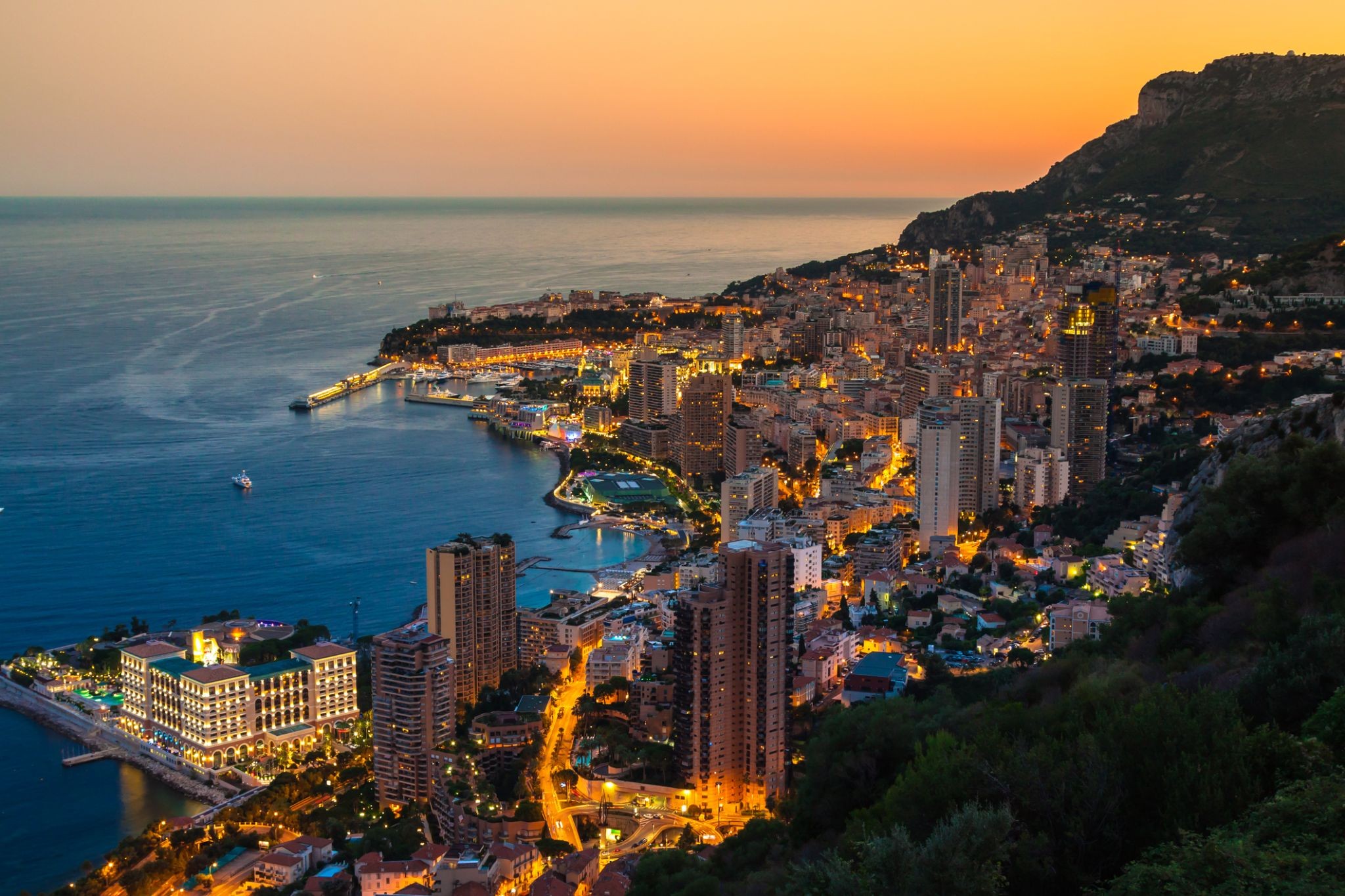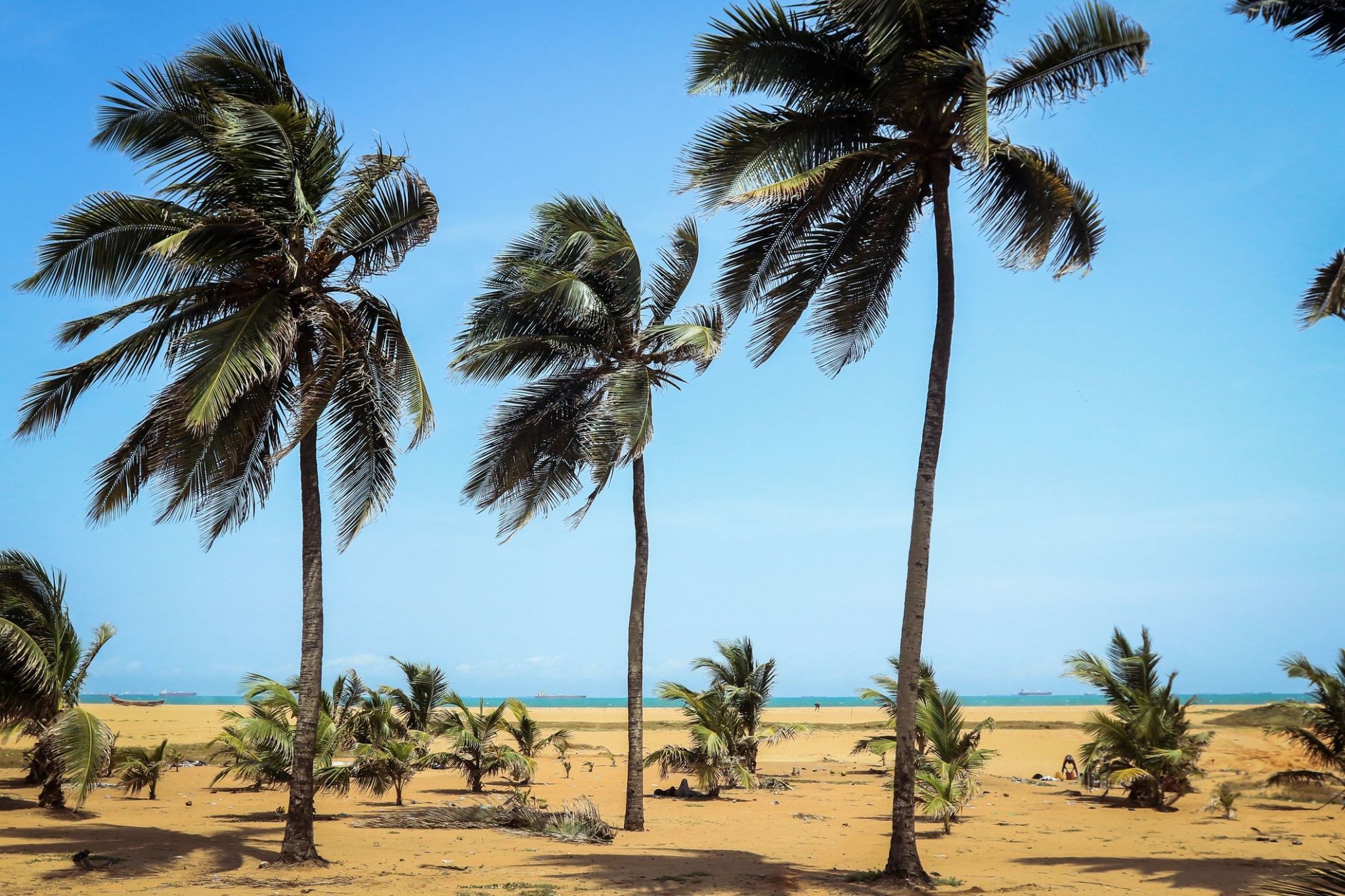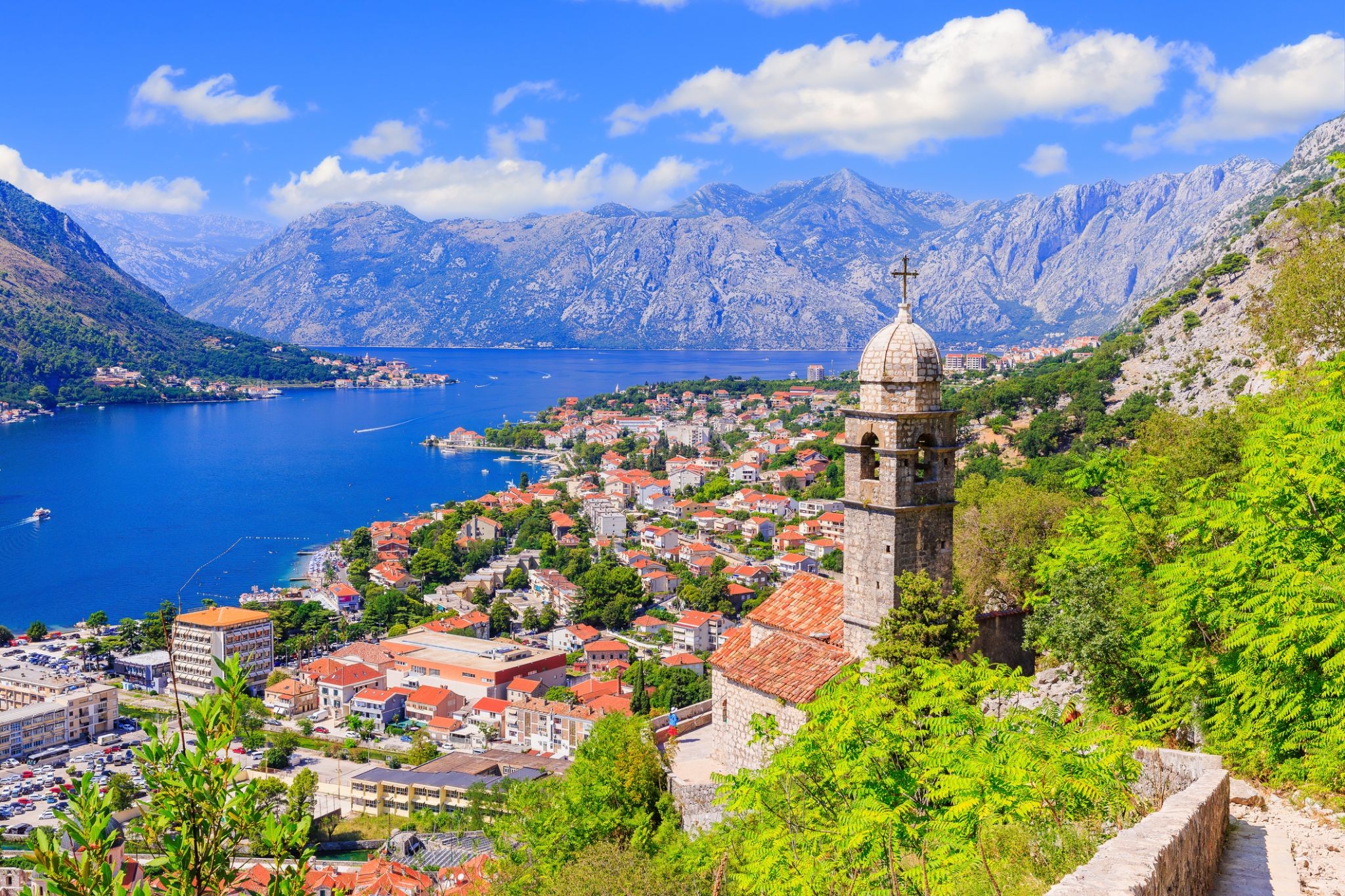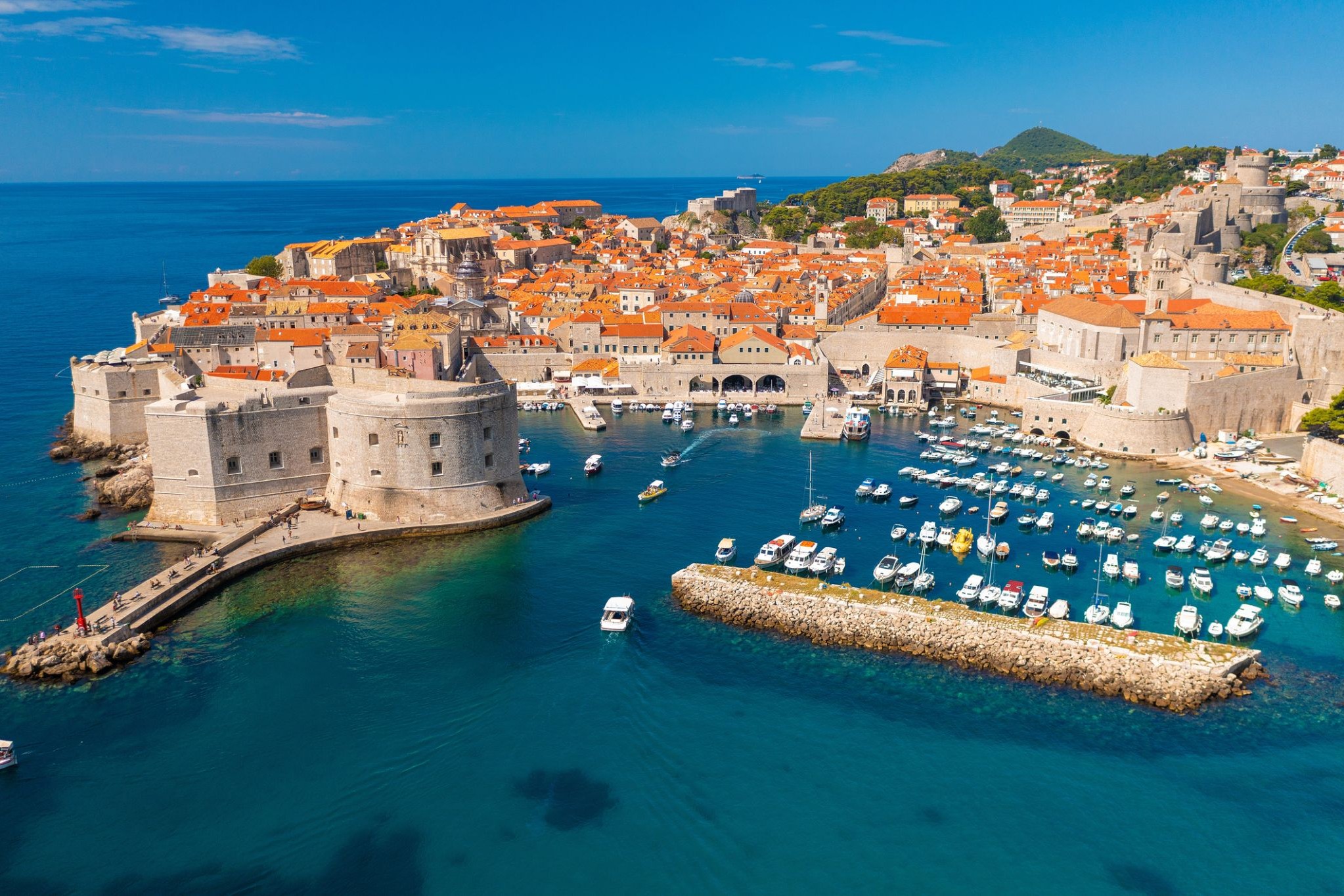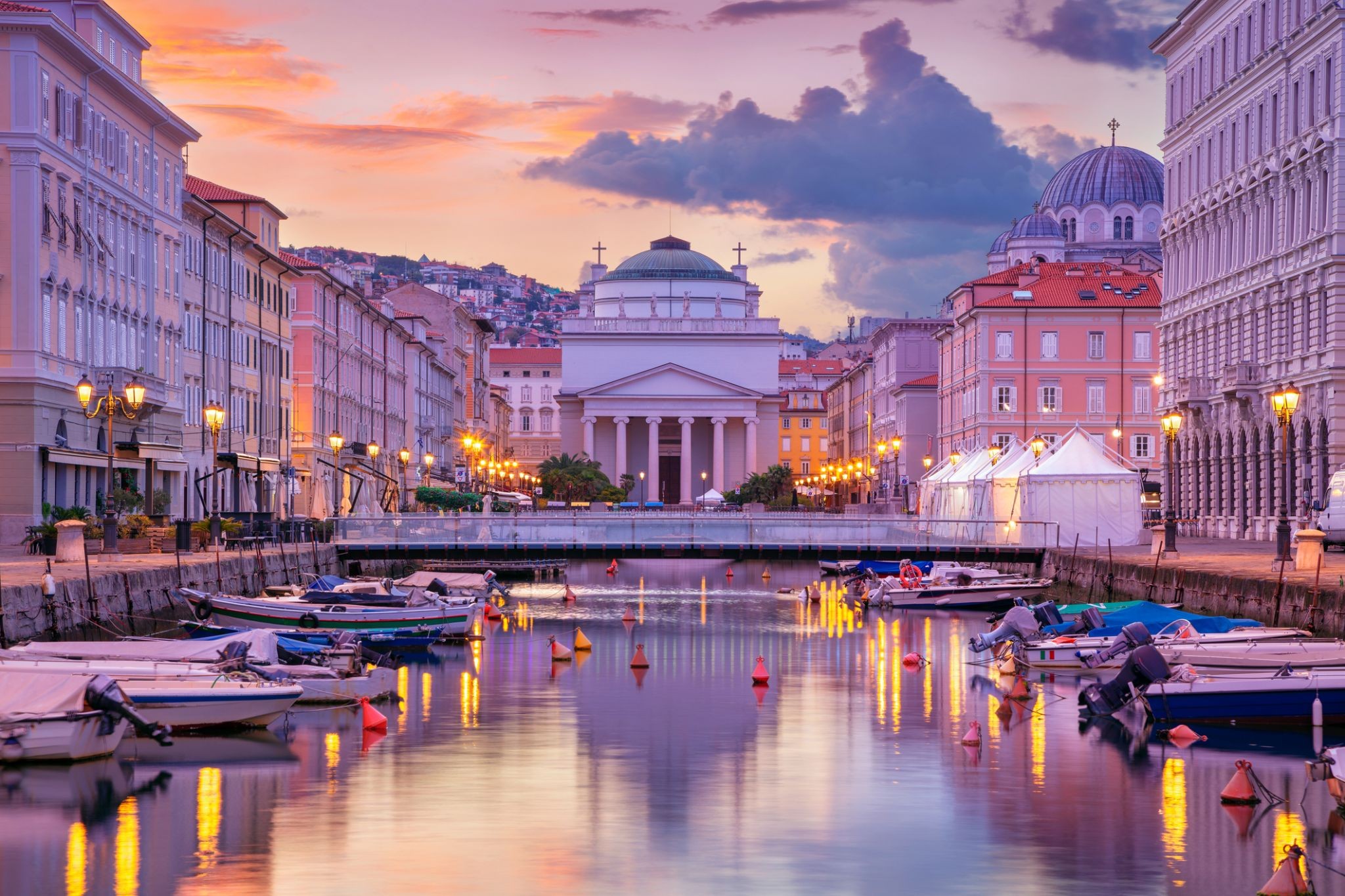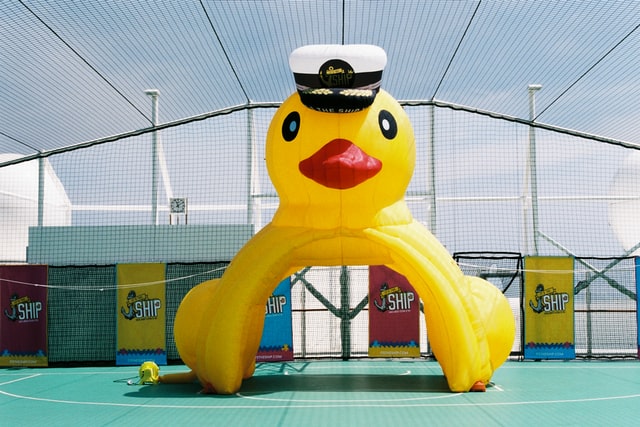
Rejs 30 941 077
Pobyt w Europie Południowej
| Region rejsu : Morze Śródziemne |
| Firma : Oceania Cruises |
| Statek : ALLURA |
| Data rozpoczęcia : czw. 25 cze 2026 |
| Data zakończenia : wt. 07 lip 2026 |
| Liczba nocy : 12 nocy |
Harmonogram
| Dzień | Data | Port | Wypłynięcie | Odpłynięcie |
|---|---|---|---|---|
| 1 | 25.06 czw. | Barcelona / Hiszpania | 07:00 | 17:00 |
| 2 | 26.06 pt. | Marsylia / Francja | 07:00 | 17:00 |
| 3 | 27.06 sob. | Monte Carlo / Monaco | 08:00 | 20:00 |
| 4 | 28.06 niedz. | Ayachcho / Francja | 07:00 | 17:00 |
| 5 | 29.06 pon. | Lome / Togo | 07:00 | 19:00 |
| 6 | 30.06 wt. | Pozytywny / Włochy | 08:00 | 18:00 |
| 7 | 1.07 śr. | Taormina / Włochy | 07:00 | 16:00 |
| 8 | 2.07 czw. | Katakolo / Grecja | 11:30 | 18:00 |
| 9 | 3.07 pt. | Dzień na morzu / Morze | ||
| 10 | 4.07 sob. | Kotor / Czarna Góra | 07:00 | 17:00 |
| 11 | 5.07 niedz. | Dubrownik / Chorwacja | 07:00 | 16:00 |
| 12 | 6.07 pon. | CZERWONE ROVINSY | 11:00 | 20:00 |
| 13 | 7.07 wt. | Trieste / Włochy | 07:00 | 19:00 |
-
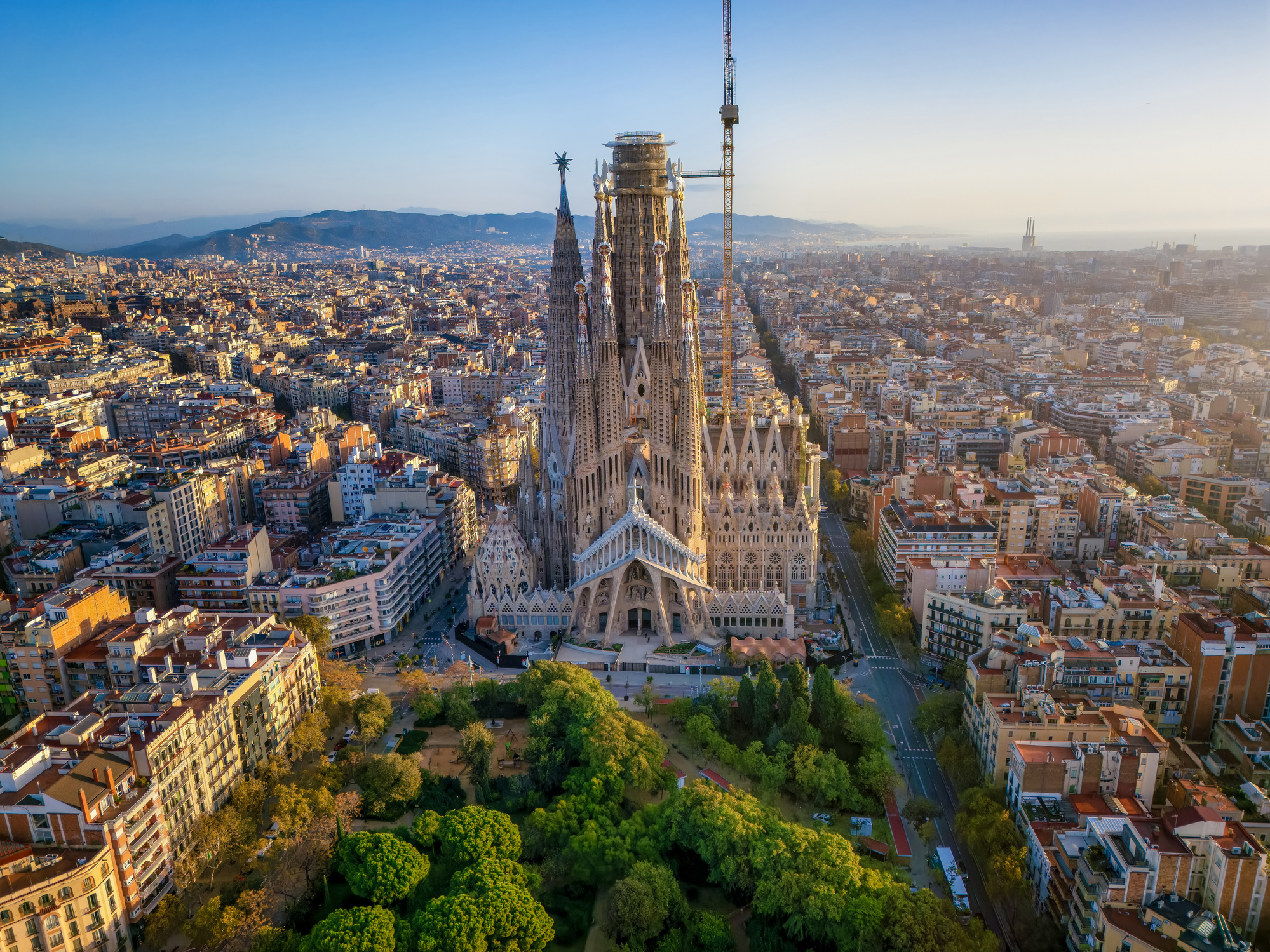 Dzień 1: 07:00-17:00
Dzień 1: 07:00-17:00Barcelona / Hiszpania
Mając reputację jednego z najatrakcyjniejszych miast w Europie, Barcelona świętuje swoją rolę stolicy Katalonii. Kosmopolityczna i międzynarodowa atmosfera miasta sprawia, że jest to ulubione miejsce wielu ludzi na całym świecie. Miasto jest szczególnie znane ze swojej architektury i sztuki – podróżnicy z całego świata przybywają, aby zobaczyć słynną Sagrada Familia i inne modernistyczne zabytki zaprojektowane przez Gaudiego.
Barcelona to miasto z licznymi i oryginalnymi możliwościami spędzania czasu wolnego, które sprawiają, że chcesz tu wracać. Położona na wybrzeżu Morza Śródziemnego Barcelona słynie z arcydzieł Gaudiego i architektury secesyjnej: jest jednym z najbardziej stylowych miast europejskich.
Miasto jest ośrodkiem nowych trendów w świecie kultury, mody i gastronomii. Dopełnieniem kreatywności artystów i projektantów jest ostrożne podejście do tradycyjnych placówek. Barcelona łączy w sobie urok i spokój historycznego centrum z awangardowymi nowoczesnymi dzielnicami i intensywnym tempem życia w jednym z najczęściej odwiedzanych miast na świecie.
-
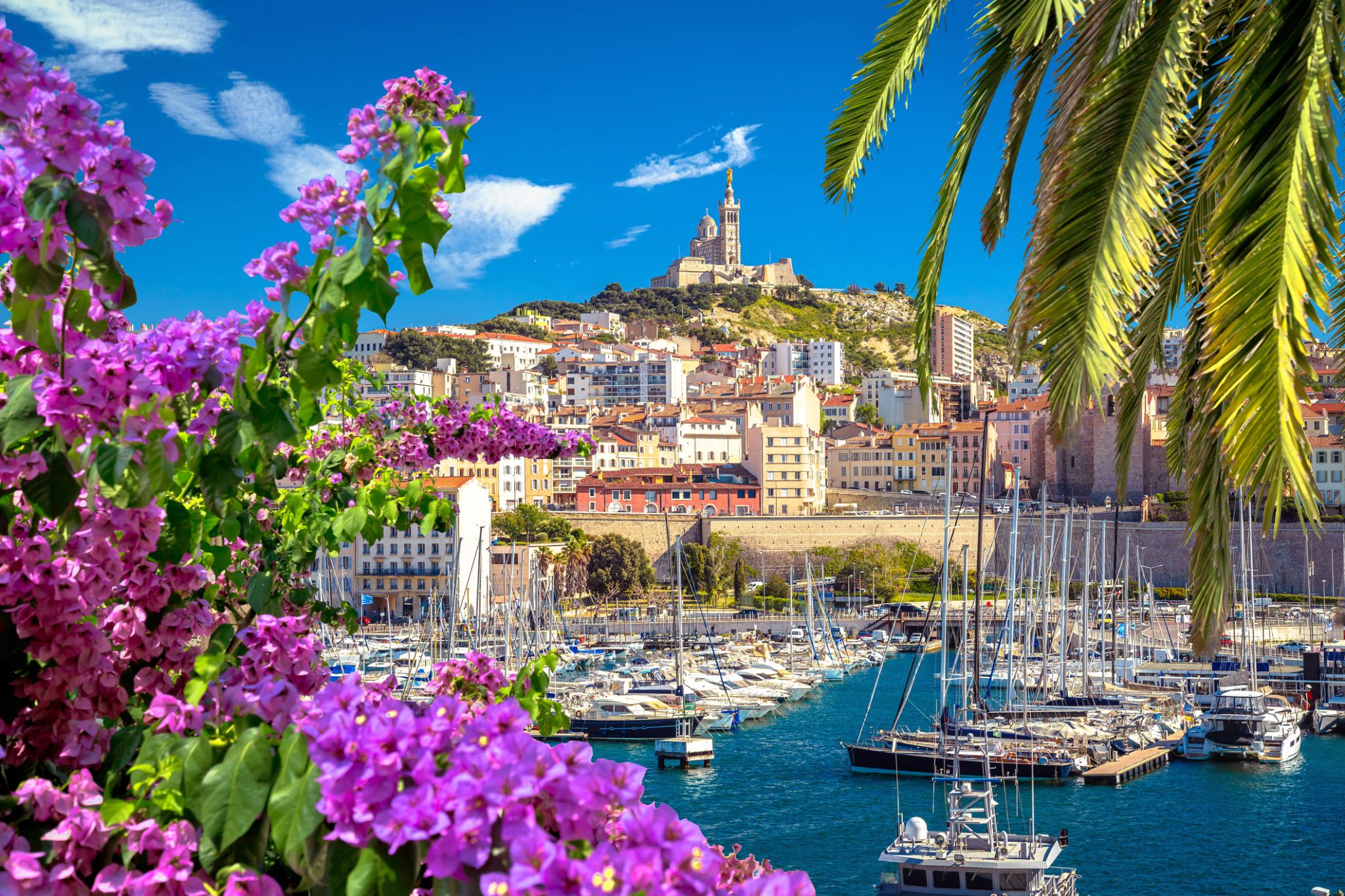 Dzień 2: 07:00-17:00
Dzień 2: 07:00-17:00Marsylia / Francja
Marseille is the second-largest city of France. The main city of the historical province of Provence, it nowadays is the prefecture of the department of Bouches-du-Rhône and region of Provence-Alpes-Côte d'Azur. It is located on France's south coast near the mouth of the Rhône river. The city covers an area of 241 km2 (93 sq mi) and had a population of 852,516 in 2012. Its metropolitan area, which extends over 3,173 km2 (1,225 sq mi) is the third-largest in France after Paris and Lyon, with a population of 1,831,500 as of 2010.
Known to the ancient Greeks and Romans as Massalia, Marseille was an important European trading centre and remains the main commercial port of the French Republic. Marseille is now France's largest city on the Mediterranean coast and the largest port for commerce, freight and cruise ships. The city was European Capital of Culture in 2013 and European Capital of Sport in 2017; it hosted matches at the 1998 World Cup and Euro 2016. It is home to Aix-Marseille University.
-
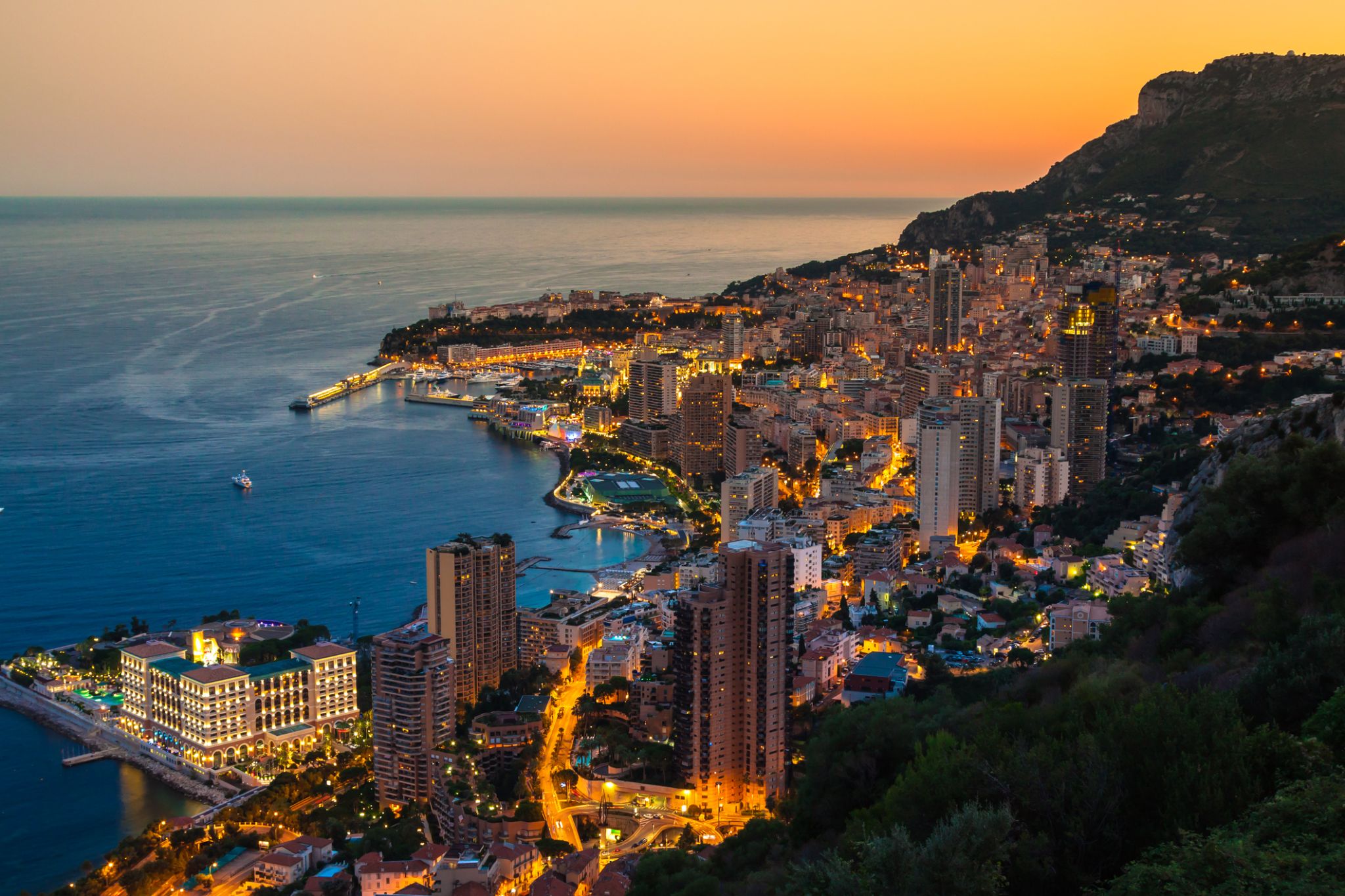 Dzień 3: 08:00-20:00
Dzień 3: 08:00-20:00Monte Carlo / Monaco
Monte Carlo officially refers to an administrative area of the Principality of Monaco, specifically the ward of Monte Carlo/Spélugues, where the Monte Carlo Casino is located. Informally the name also refers to a larger district, the Monte Carlo Quarter (corresponding to the former municipality of Monte Carlo), which besides Monte Carlo/Spélugues also includes the wards of La Rousse/Saint Roman, Larvotto/Bas Moulins, and Saint Michel. The permanent population of the ward of Monte Carlo is about 3,500, while that of the quarter is about 15,000. Monaco has four traditional quarters. From west to east they are: Fontvieille (the newest), Monaco-Ville (the oldest), La Condamine, and Monte Carlo.
Monte Carlo (literally "Mount Charles") is situated on a prominent escarpment at the base of the Maritime Alpsalong the French Riviera. Near the quarter's western end is the world-famous Place du Casino, the gamblingcenter which has made Monte Carlo "an international byword for the extravagant display and reckless dispersal of wealth". It is also the location of the Hôtel de Paris, the Café de Paris, and the Salle Garnier (the casino theatre which is the home of the Opéra de Monte-Carlo).
The quarter's eastern part includes the community of Larvotto with Monaco's only public beach, as well as its new convention center (the Grimaldi Forum), and the Monte-Carlo Bay Hotel & Resort. At the quarter's eastern border, one crosses into the French town of Beausoleil (sometimes referred to as Monte-Carlo-Supérieur), and just 8 kilometres (5 mi) to its east is the western border of Italy.
-
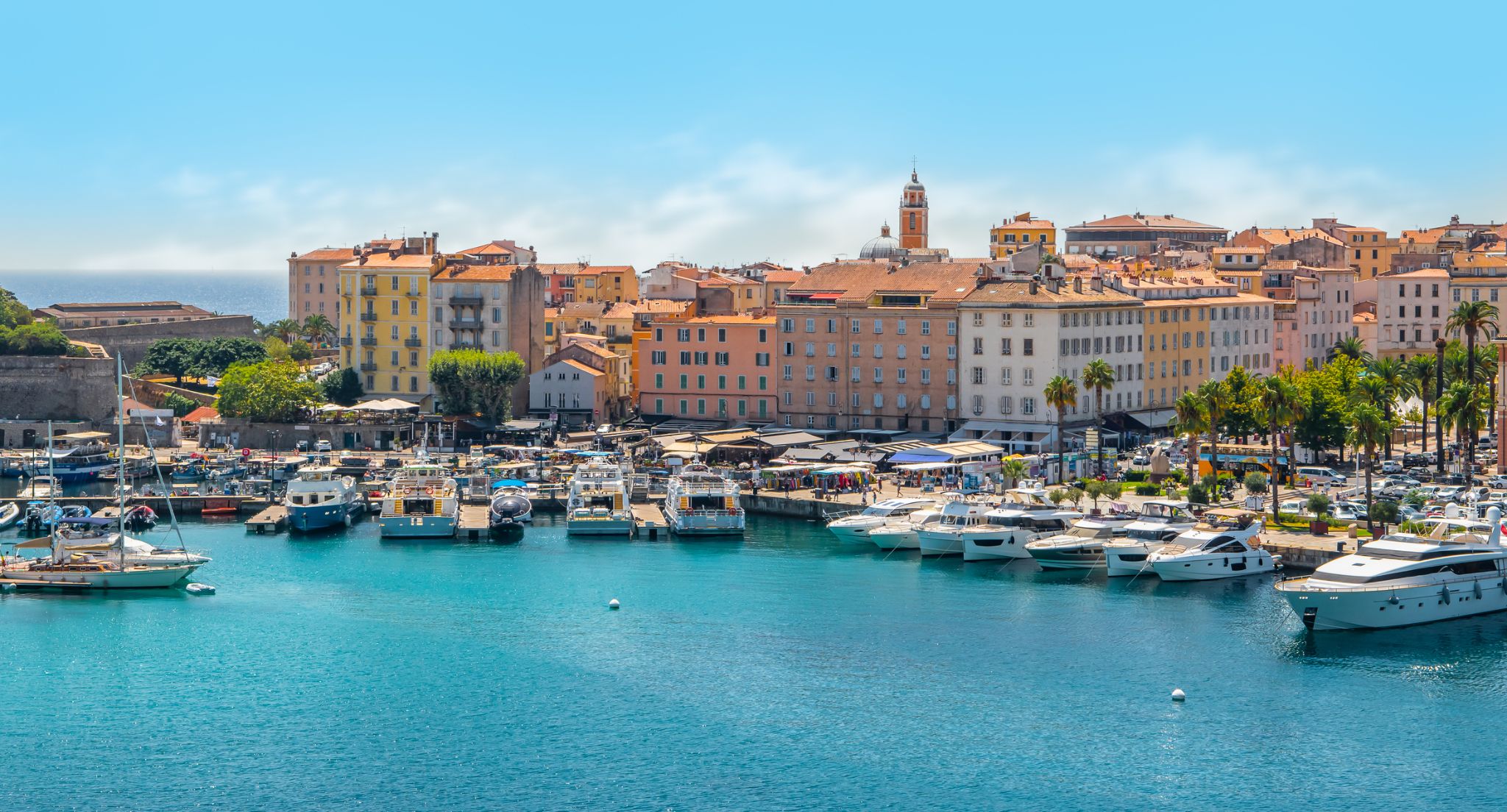 Dzień 4: 07:00-17:00
Dzień 4: 07:00-17:00Ayachcho / Francja
Ajaccio is a French commune, prefecture of the department of Corse-du-Sud, and head office of the Collectivité territoriale de Corse (capital city of Corsica). It is also the largest settlement on the island. Ajaccio is located on the west coast of the island of Corsica, 210 nautical miles (390 km) southeast of Marseille.
The original city went into decline in the Middle Ages, but began to prosper again after the Genoese built a citadel in 1492 to the south of the earlier settlement. After the Corsican Republic was declared in 1755 the Genoese continued to hold several citadels, including Ajaccio, until the French took control of the island.
The inhabitants of the commune are known as Ajacciens or Ajacciennes. The most famous of these is Napoleon Bonaparte who was born in Ajaccio in 1769, and whose ancestral home, the Maison Bonaparte, is now a museum. Other dedications to him in the city include Ajaccio Napoleon Bonaparte Airport.
-
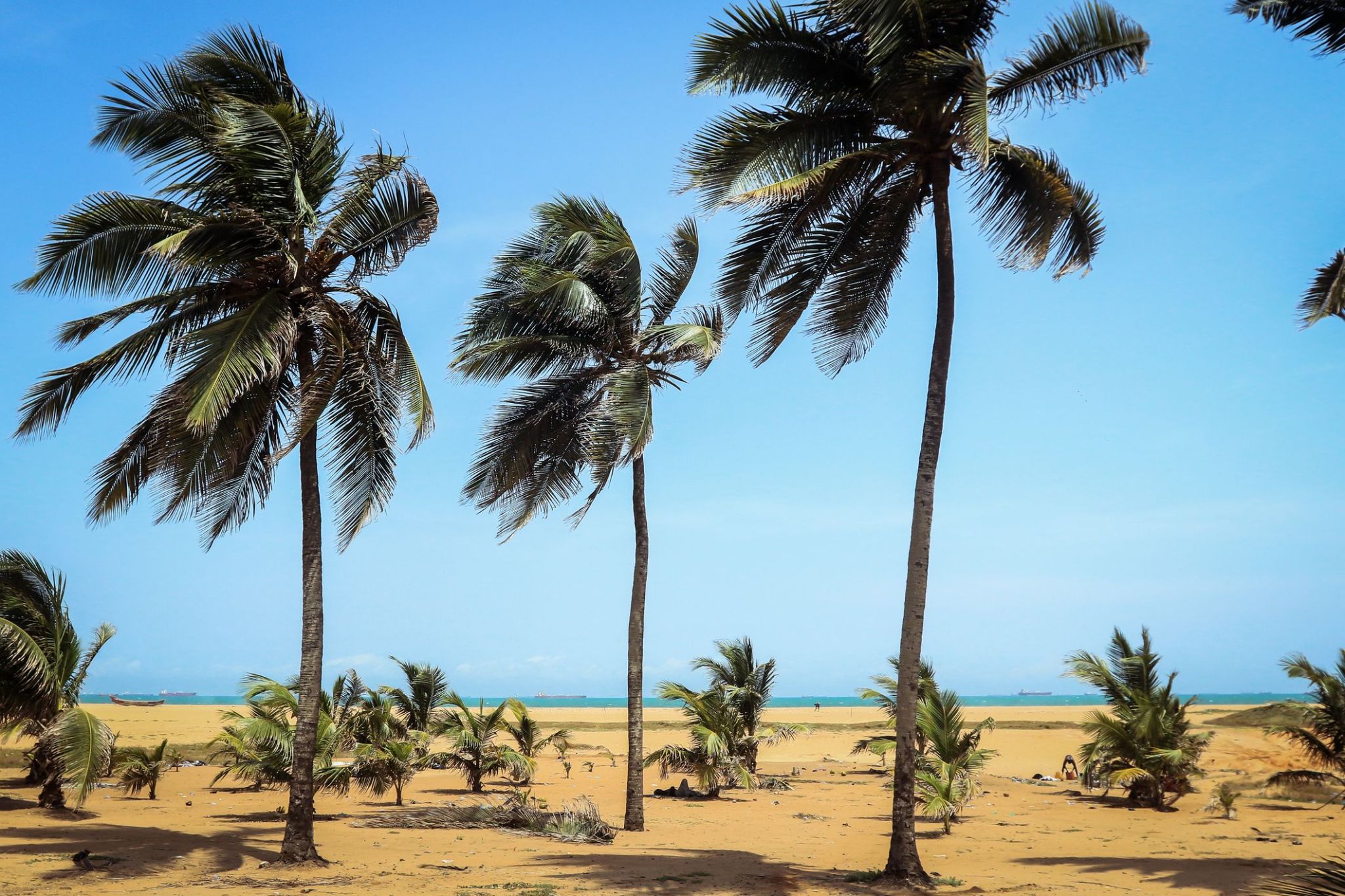 Dzień 5: 07:00-19:00
Dzień 5: 07:00-19:00Lome / Togo
Lomé is the capital and largest city of Togo. It has an urban population of 837,437[1] while there were 1,570,283 permanent residents in its metropolitan area as of the 2011 census. Located on the Gulf of Guinea, Lomé is the country's administrative and industrial center, which includes an oil refinery, and its chief port, where it exports coffee, cocoa, copra, and palm kernels.
-
 Dzień 6: 08:00-18:00
Dzień 6: 08:00-18:00Pozytywny / Włochy
-
 Dzień 7: 07:00-16:00
Dzień 7: 07:00-16:00Taormina / Włochy
Taormina to malownicze miasto na wschodnim wybrzeżu Sycylii, położone na zboczach góry Tauro, z zapierającym dech w piersiach widokiem na Morze Jońskie i wulkan Etna. Ten historyczny kurort słynie ze starożytnego teatru grecko-rzymskiego, który do dziś wykorzystywany jest do koncertów i przedstawień dzięki wyjątkowej akustyce oraz scenerii, w której niebo, morze i dymiący szczyt wulkanu tworzą niesamowite tło. Od XIX wieku Taormina przyciągała znane osobistości, artystów i pisarzy, pozostając symbolem wyrafinowanego wypoczynku i turystyki kulturalnej.
Wąskie brukowane uliczki starego miasta prowadzą do eleganckich placów, butików, kościołów i przytulnych kawiarni, gdzie serwowane są sycylijskie słodycze i świeże owoce morza. Z plaż, takich jak Isola Bella — mała wyspa połączona z lądem wąskim pasem piasku — rozciągają się widoki jak z pocztówki. Taormina słynie także ze swoich festiwali, w tym znanego letniego festiwalu filmowego. To miejsce, gdzie natura, historia i włoska elegancja łączą się w niepowtarzalną atmosferę, która zostaje w pamięci na długo.
-
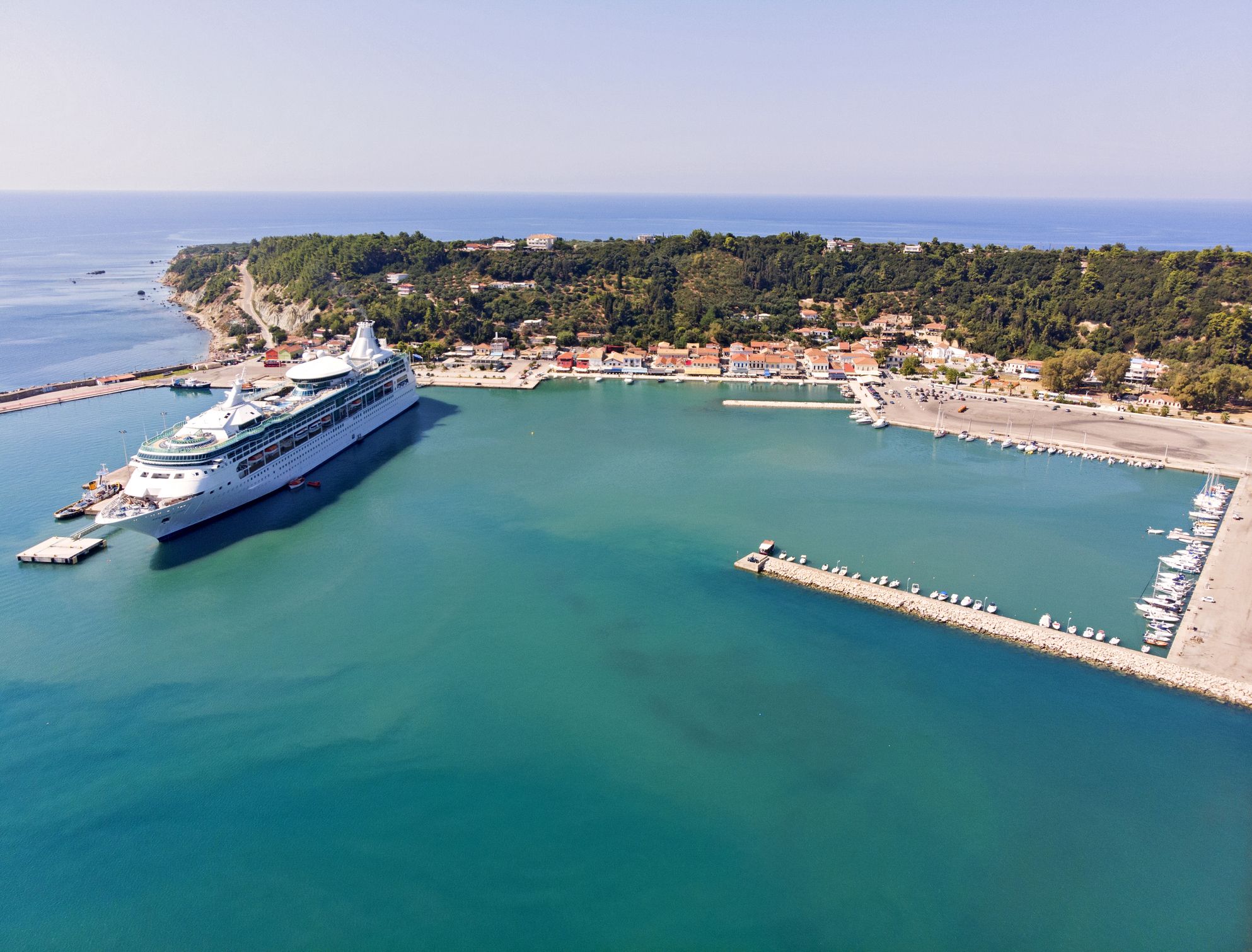 Dzień 8: 11:30-18:00
Dzień 8: 11:30-18:00Katakolo / Grecja
Katakolon to małe miasteczko nadmorskie położone na zachodzie Peloponezu w Grecji, pełniące funkcję morskiej bramy do legendarnej starożytnej Olimpii — kolebki igrzysk olimpijskich. Dzięki dogodnemu położeniu Katakolon stał się popularnym portem dla statków wycieczkowych. Port otaczają malownicze wzgórza, a wzdłuż wybrzeża znajdują się przytulne kawiarnie, sklepy z lokalnymi przysmakami i pamiątkami. Turyści często rozpoczynają swoją podróż po regionie właśnie tutaj, udając się następnie do stanowisk archeologicznych w Olimpii, oddalonych o około 30 km.
Katakolon oferuje spokojną atmosferę i tradycyjny grecki urok: wąskie uliczki, domy z dachówką i lazurowe wody Morza Jońskiego. W okolicach znajdują się winnice produkujące lokalne wino oraz niewielkie plaże idealne do kąpieli i relaksu. W miasteczku działa również Muzeum Starożytnej Techniki Greckiej, prezentujące unikalne modele starożytnych wynalazków — od automatycznych drzwi po wczesne formy komputerów. Katakolon to harmonijne połączenie historii, natury i autentycznej greckiej gościnności.
-
 Dzień 9:
Dzień 9:Dzień na morzu / Morze
-
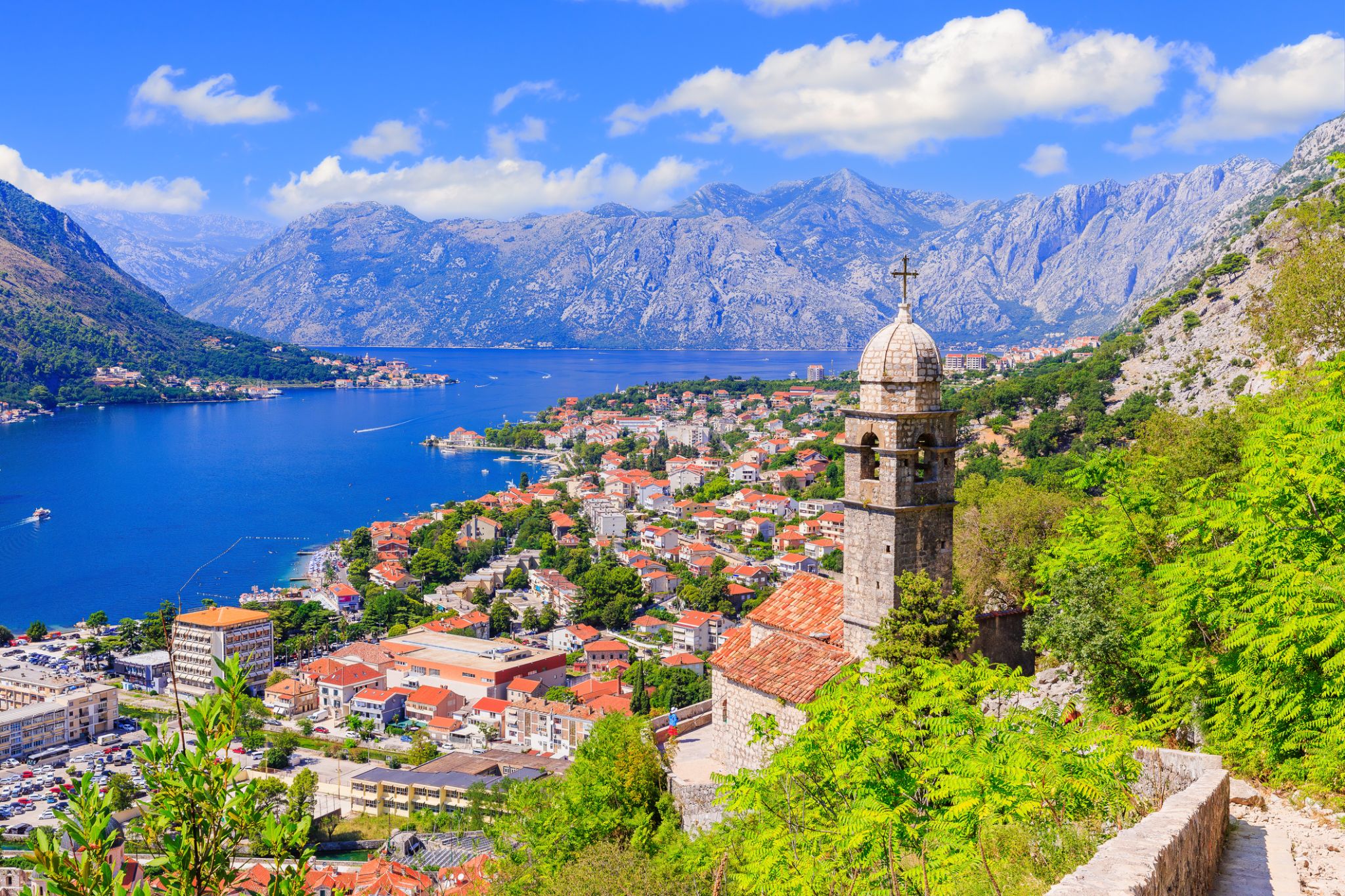 Dzień 10: 07:00-17:00
Dzień 10: 07:00-17:00Kotor / Czarna Góra
Kotor is a coastal town in Montenegro. It is located in a secluded part of the Gulf of Kotor. The city has a population of 13,510 and is the administrative center of Kotor Municipality.
The old Mediterranean port of Kotor is surrounded by fortifications built during the Venetian period. It is located on the Bay of Kotor (Boka Kotorska), one of the most indented parts of the Adriatic Sea. Some have called it the southern-most fjord in Europe, but it is a ria, a submerged river canyon. Together with the nearly overhanging limestone cliffs of Orjen and Lovćen, Kotor and its surrounding area form an impressive landscape.
Since the early 2000s Kotor has seen an increase in tourists , many of them coming by cruise ship. Visitors are attracted by the natural environment of the Gulf of Kotor and by the old town of Kotor. Kotor is part of the World Heritage Site dubbed the Natural and Culturo-Historical Region of Kotor.
The fortified city of Kotor was also included in UNESCO's World Heritage Site list as part of Venetian Works of Defence between 15th and 17th centuries: Stato da Terra – western Stato da Mar in 201
-
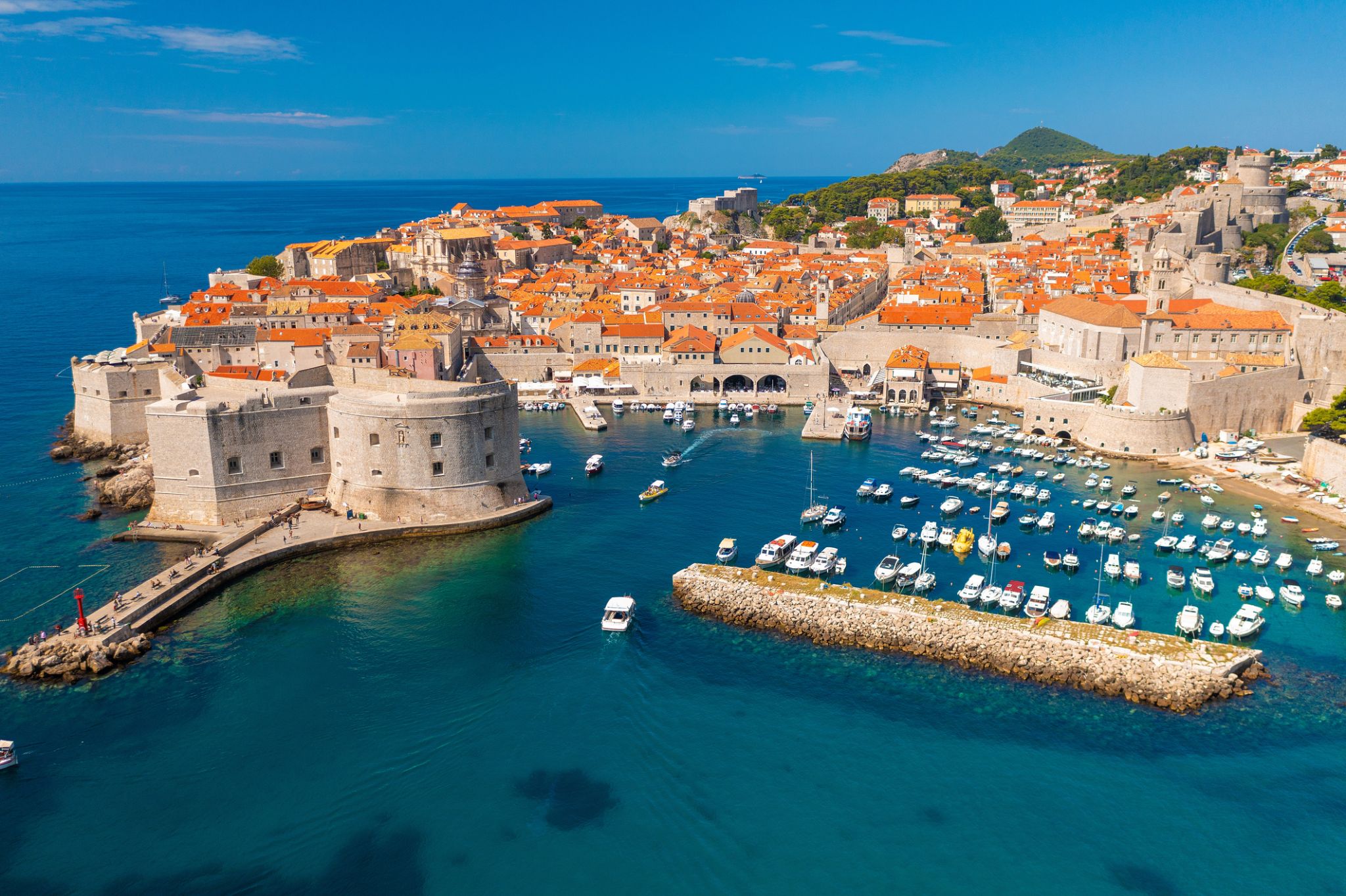 Dzień 11: 07:00-16:00
Dzień 11: 07:00-16:00Dubrownik / Chorwacja
Dubrovnik is a Croatian city on the Adriatic Sea. It is one of the most prominent tourist destinations in the Mediterranean Sea, a seaport and the centre of Dubrovnik-Neretva County. Its total population is 42,615 (census 2011). In 1979, the city of Dubrovnik joined the UNESCO list of World Heritage sites.
The prosperity of the city was historically based on maritime trade; as the capital of the maritime Republic of Ragusa, it achieved a high level of development, particularly during the 15th and 16th centuries, as it became notable for its wealth and skilled diplomacy.
In 1991, after the break-up of Yugoslavia, Dubrovnik was besieged by Serbian and Montenegrin soldiers of the Yugoslav People's Army (JNA) for seven months and suffered significant damage from shelling. After repair and restoration works in the 1990s and early 2000s, Dubrovnik re-emerged as one of the top tourist destinations in the Mediterranean.
-
 Dzień 12: 11:00-20:00
Dzień 12: 11:00-20:00CZERWONE ROVINSY
-
 Dzień 13: 07:00-19:00
Dzień 13: 07:00-19:00Trieste / Włochy
